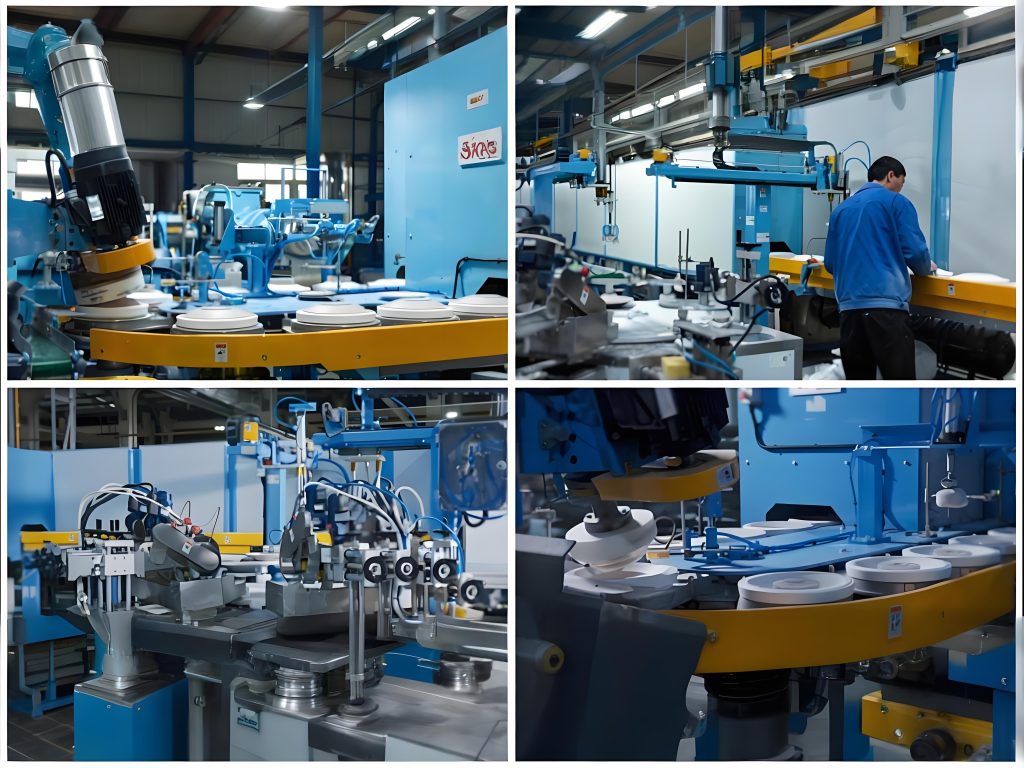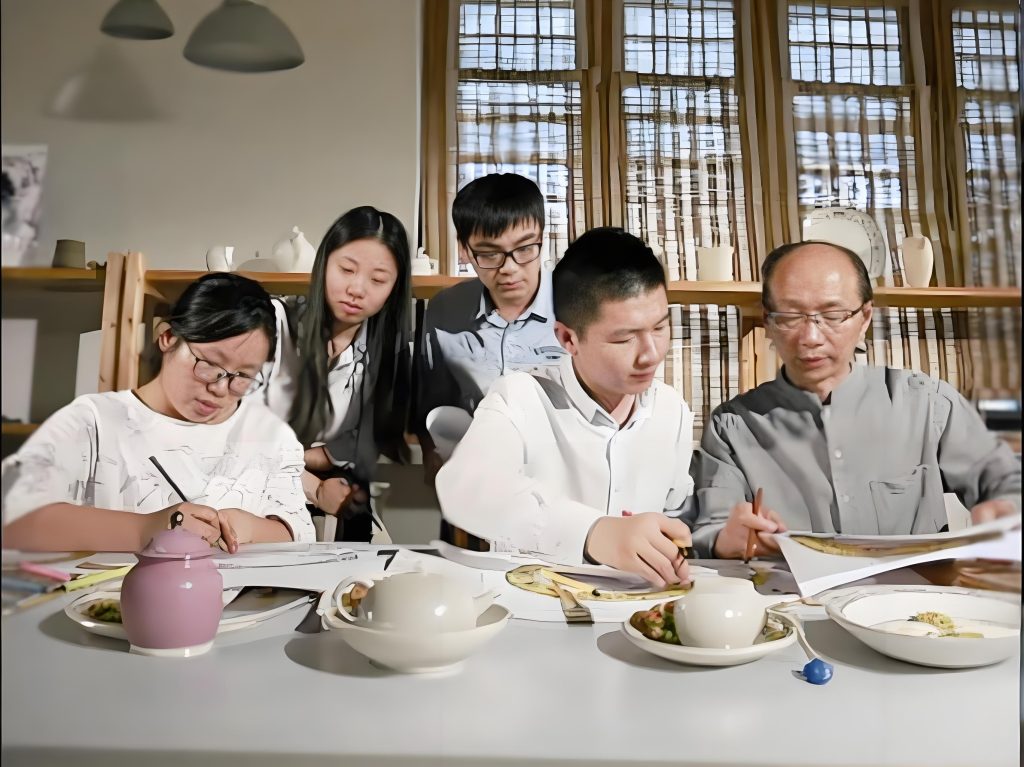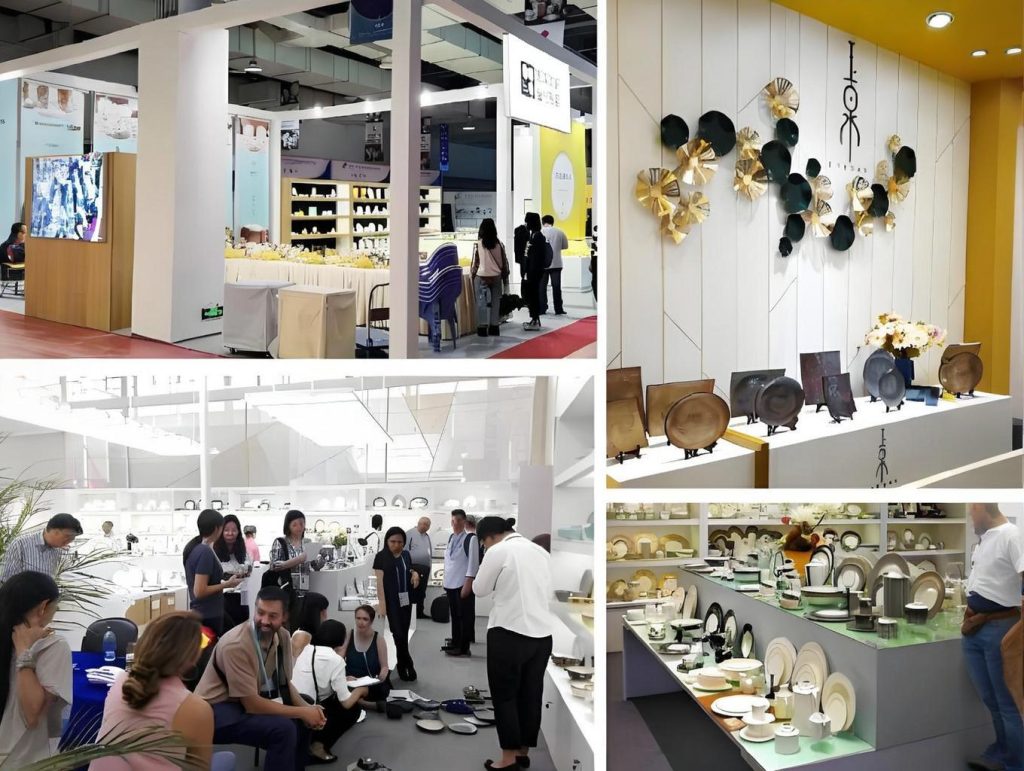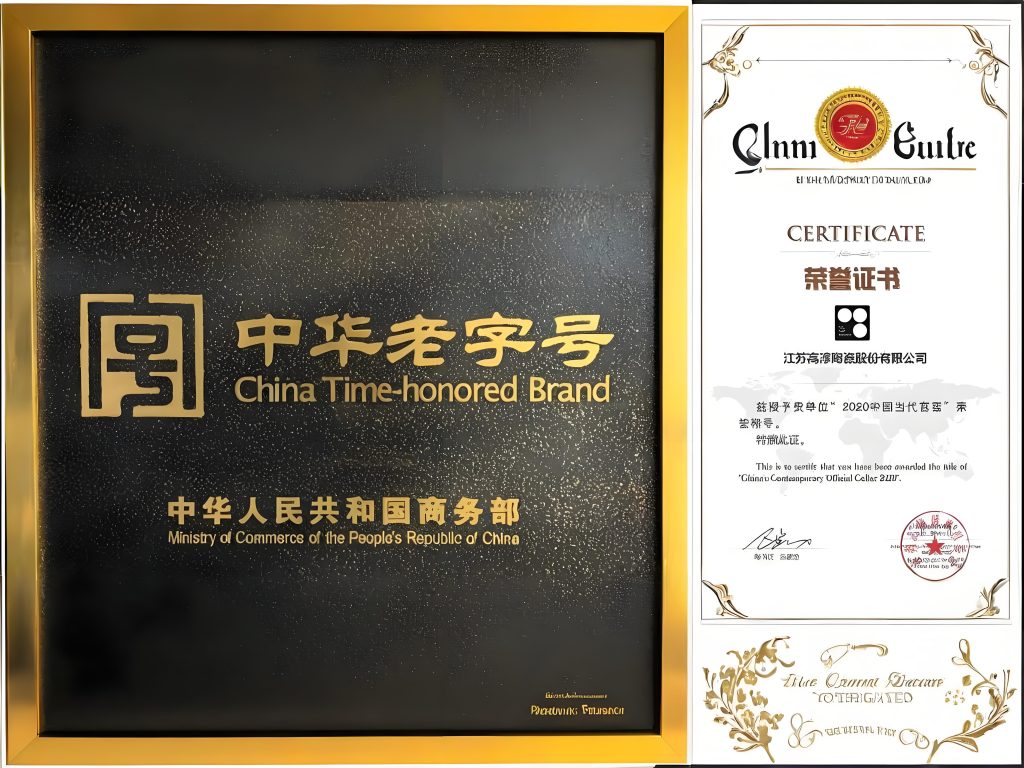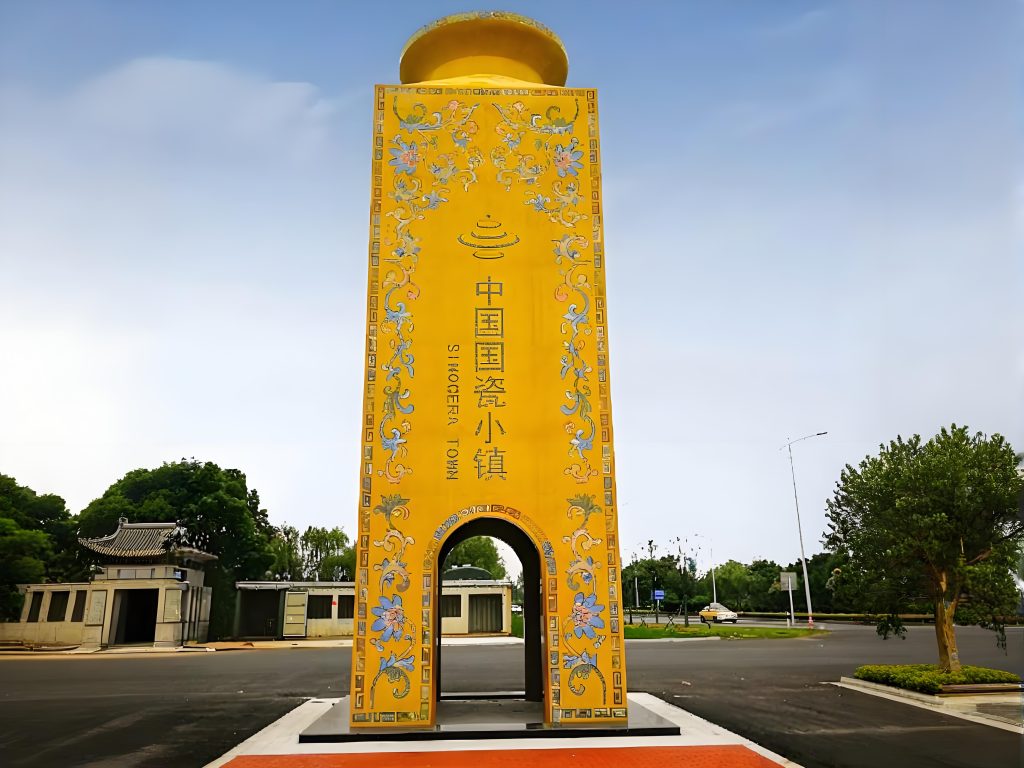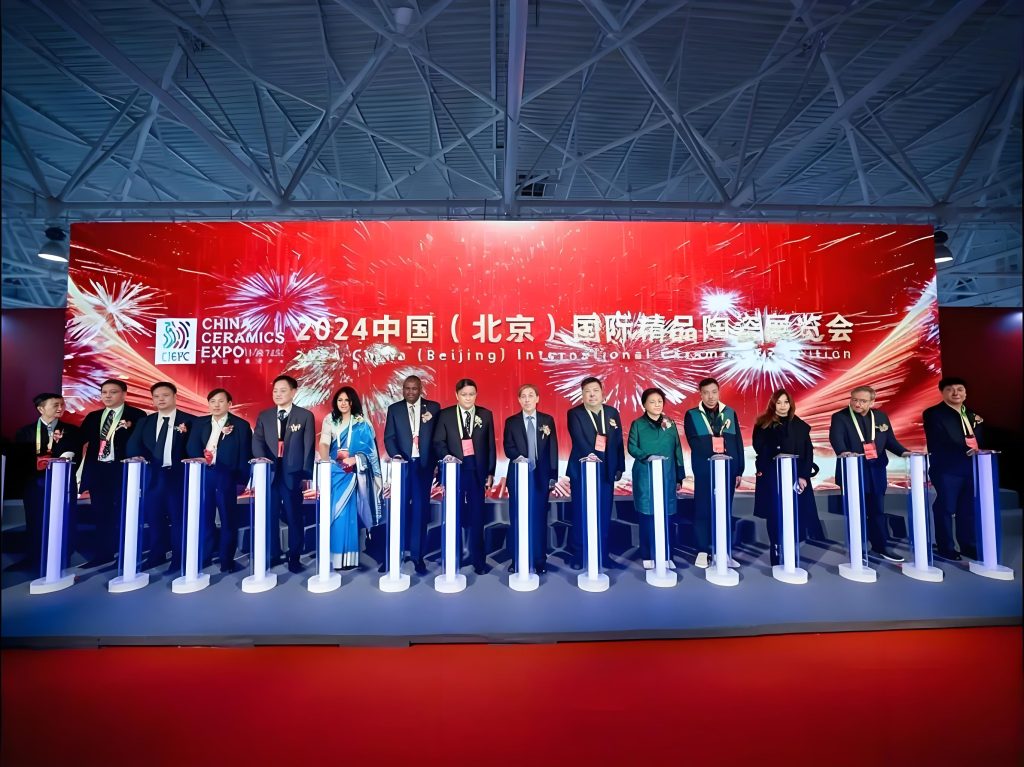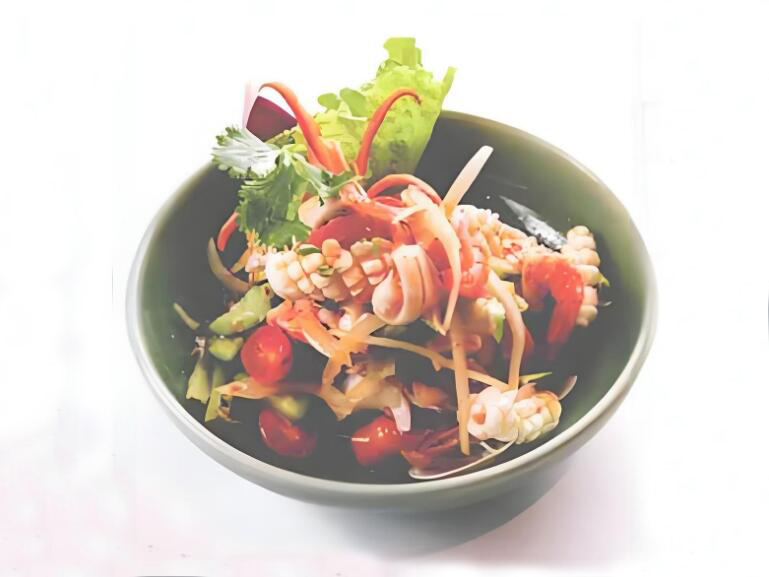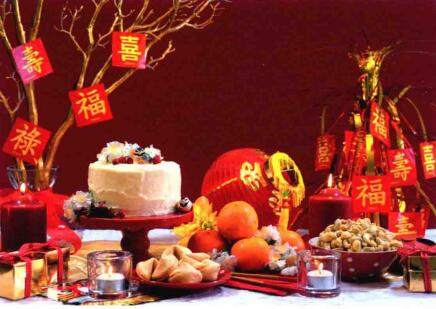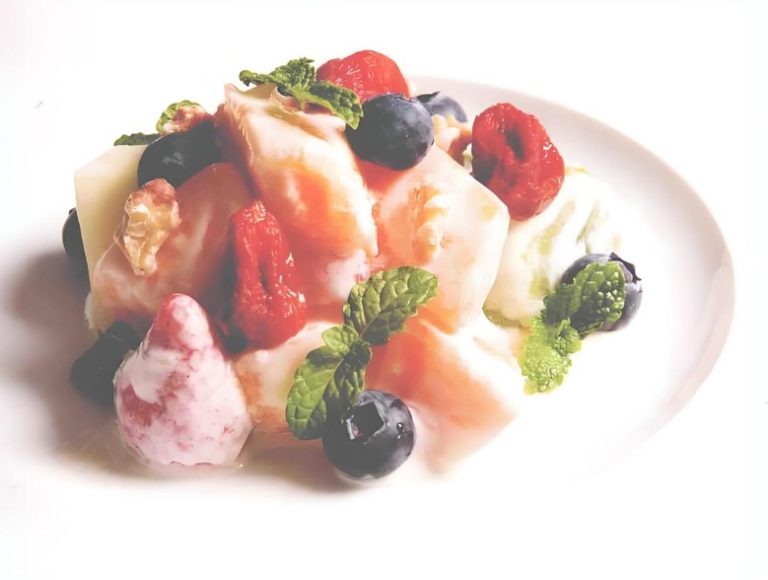LFGB Certification for Tableware: Gateway to Europe or Hidden Barrier?
To be honest, I was chatting with a friend in foreign trade the other day, and he mentioned it took his company nearly half a year to secure the LFGB certification required by a German client. I was quite dismissive at first, thinking “it’s just a food contact material test, how complicated could it be?” That was until I spent hours diving into discussions on Quora and Reddit – only then did I realize this matter is far more complex than it appears.
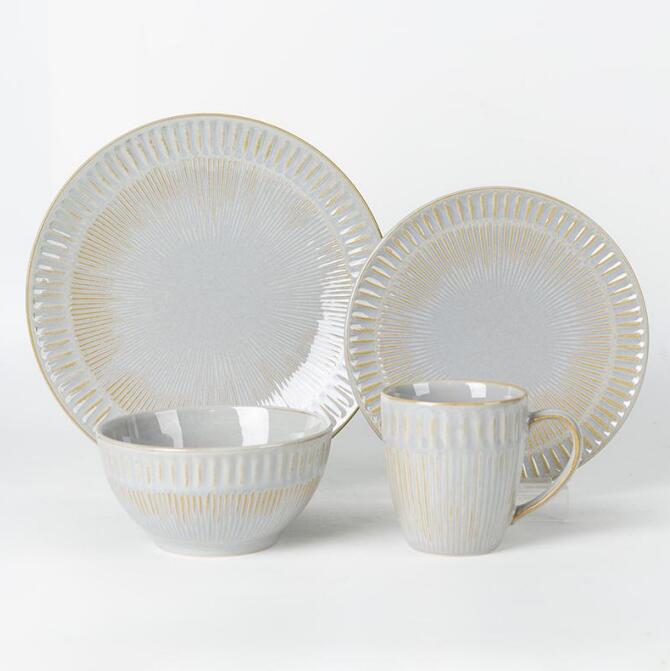
Why Is Everyone Talking About LFGB?
On Reddit’s r/manufacturing board, a purchasing manager from a tableware manufacturer posted with the blunt title “LFGB testing almost killed our European expansion.” The thread garnered over 300 comments, each one telling a similar tale of struggle.
Interestingly, a chemical engineer on Quora provided a professional explanation: LFGB stands for the German Food and Feed Code (Lebensmittel- und Futtermittelgesetzbuch). It sounds like a mouthful, but essentially it regulates whether your tableware contains toxic substances. However, he followed up with a particularly striking observation – “This isn’t a simple yes or no test; it’s a marathon where you need to prove your tableware is safe under various extreme usage scenarios.”
Indeed, that’s precisely the case.
The Pitfalls Manufacturers Have Encountered
There’s a particularly candid discussion thread on Reddit’s r/smallbusiness. A newcomer tableware manufacturer shared their first LFGB certification experience:
First Test: Stainless steel tableware failed due to excessive chromium and nickel release. The culprit? Their polishing agent contained certain chemical components that leached out during high-temperature testing. Loss: $3,500 in testing fees + 2 months.
Second Test: They passed the metal material testing, but the silicone handle failed. The problem was with the stabilizers, which began releasing suspicious substances when heated to 70°C. Another $2,800 and 6 weeks down the drain.
Third Attempt: Finally passed everything, but they’d already missed the Christmas purchasing season, losing half their clients.
This reminds me of what a quality control expert said on Quora: “Many tableware manufacturers think LFGB is similar to FDA standards, but German standards are far more stringent. FDA might test a few items, while LFGB tests over a dozen, and each material has different testing methods.”
Where Are the Real Challenges?
After browsing through approximately 50+ related discussions, I found that everyone’s pain points were remarkably consistent:
1. Material Combinations Are Tricky
A product manager with 15 years of experience vented on Quora: “Single-material dinnerware is manageable, but the real nightmare is designs combining stainless steel + silicone + plastic. Each material needs separate testing, plus you need to test the migration issues at their contact interfaces. I’ve seen a children’s dinner plate that cost $12,000 just in testing.”
Someone on Reddit replied: “There’s worse – if you used five different colored glazes, theoretically you need to test each color for heavy metals.”
2. Testing Cycles Drain Your Cash Flow
This topic sparked heated discussion on r/Entrepreneur. An entrepreneur calculated the costs:
- Shipping samples to German laboratory: 2 weeks
- Waiting in queue for testing: 2-3 weeks
- Testing itself: 3-6 weeks
- Receiving reports: 1 week
At minimum, it’s 2 months, and if you fail, you start over. One tableware manufacturer said this left them with $80,000 worth of inventory in their warehouse, with bank loan interest accumulating daily.
3. Different Product Lines Require Repeated Certification
A compliance consultant on Quora warned: “Many people think getting LFGB once means you’re set forever, but that’s not true. Change suppliers, modify processes, adjust formulas – all require retesting. I’ve seen a client who switched stainless steel suppliers without retesting, had their goods seized by German customs, and lost hundreds of thousands of euros.”

But Why Still Pursue It?
Given all these difficulties, why do manufacturers continue to apply?
A procurement professional working in Munich said bluntly on Reddit: “Without LFGB, your tableware won’t even get through the door of German supermarkets. Plus, many major clients in France, Italy, and the Netherlands now default to requiring LFGB because it’s Europe’s strictest standard – pass this, and other countries are basically no problem.”
A market analyst on Quora provided data: dinnerware with LFGB certification can command a 15-30% premium in European markets. More critically, major supermarket chains like REWE and EDEKA list LFGB as a mandatory requirement in their procurement lists.
A tableware manufacturer owner shared an interesting observation: “German consumers are willing to pay for safety. We had two nearly identical dinner plates; the one with LFGB certification was 20% more expensive, yet it sold faster.”
Smart Response Strategies
After reviewing these discussions, I noticed successful LFGB-compliant manufacturers share common approaches:
Early Positioning
A supply chain manager on Reddit said: “We consult LFGB laboratories during the product design phase to check if our material choices pose problems. Spending an extra $500 on consultation can save thousands in rework costs later.”
Building Material Databases
A tableware manufacturer with 10 years’ experience revealed: “We’ve documented all tested materials, suppliers, and formulas that passed. New products primarily draw from this library, raising our success rate to 90%.”
Choosing the Right Testing Institution
Experts on Quora remind: “Don’t just look at price. Some laboratories are cheap but slow; others are expensive but fast. Factoring in time costs, expensive options are often more economical. Plus, choosing German domestic laboratories carries higher recognition.”
Final Thoughts
The LFGB certification process is rather like a litmus test. It reveals a tableware manufacturer’s true capabilities – not just production capacity, but material control, process management, and cost calculation abilities.
I saw someone on Reddit say: “Initially, I thought LFGB was a hassle, but now I’m actually grateful for this standard. It forced us to make genuinely safe products and helped us build competitive barriers. Competitors who found it too troublesome dropped out, and we ended up securing more orders.”
Indeed, the European market is tough to crack, but once you’re in, customer loyalty is genuinely high. Because they know your dinnerware has withstood the Germans’ notoriously rigorous standards.
If you have any questions or need to custom dinnerware service, please contact our Email:info@gcporcelain.com for the most thoughtful support!


